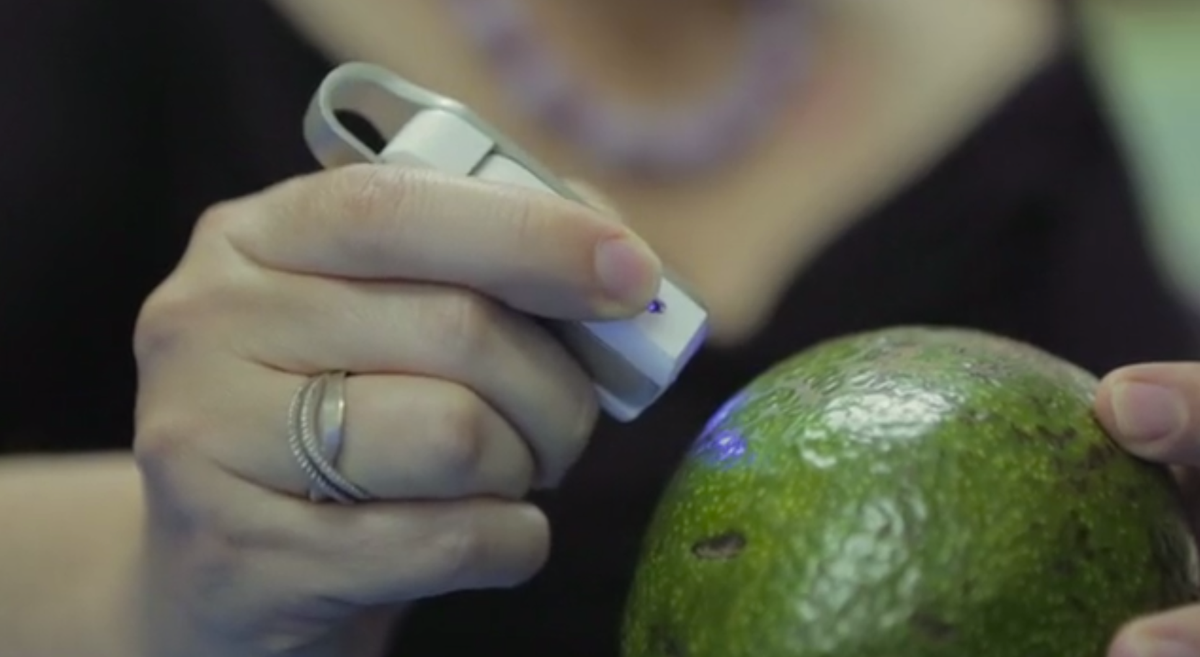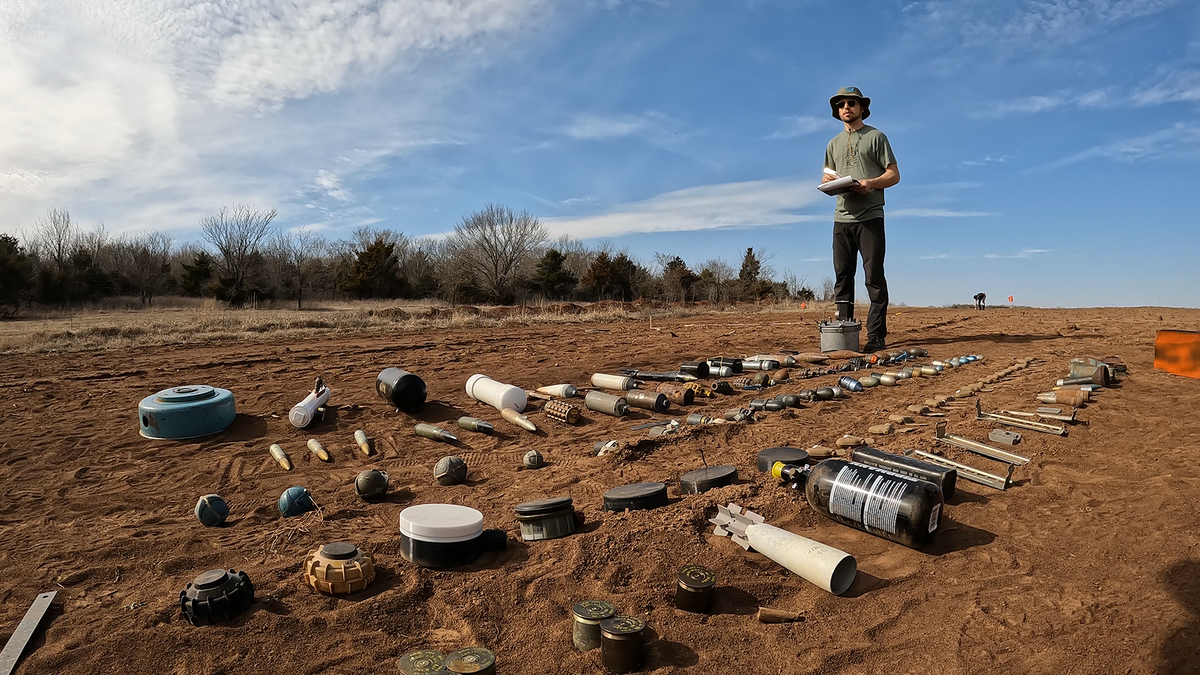Up on Mars, the Curiosity Rover uses its spectrometers to examine the chemical composition of the rocks and dirt on the red planet. Now the Israeli startup Consumer Physics has developed a tool that lets you conduct similar experiments in your own backyard or at your dinner table.
The company launched a Kickstarter campaign today with the goal of raising US $200 000 to fund the first production run of its hand-held spectrometer, which is about the size of a flash drive. Using near-infrared spectroscopy, the device, called SCiO, shines light on a sample and measures the light absorption patterns of the molecules therein. It then identifies the object by its optical signature, and gives the user information about the object's molecular composition. It uses bluetooth to link to the user's smartphone, where an app manages the data.
Sharon thinks that consumer spectroscopy is an idea who's time has come. Today's quantified self gadgets let us track our bodies with unprecedented precision—we can count our steps taken, calories burned, and much more. But people who want that kind of information about the materials around them have been out of luck so far. "When we came up with this vision, I went to Amazon to search, because I was sure that it must exist already," says Sharon. When his search came up empty, he and his team started working.
Kickstarter backers who donate $149 will get the SCiO in December, along with free downloads of all the SCiO-specific apps that Consumer Physics will develop over the next two years. The company has already developed apps for identifying and authenticating pharmaceuticals, for checking the hydration of plants, and for measuring the sugar content of fruit. Sharon is hoping that third-party developers will find many other things to do with SCiO. "That's the major reason we’re doing the Kickstarter campaign, to get the device into the hands of the early adopters," he says.
Eliza Strickland is a senior editor at IEEE Spectrum, where she covers AI, biomedical engineering, and other topics. She holds a master’s degree in journalism from Columbia University.




